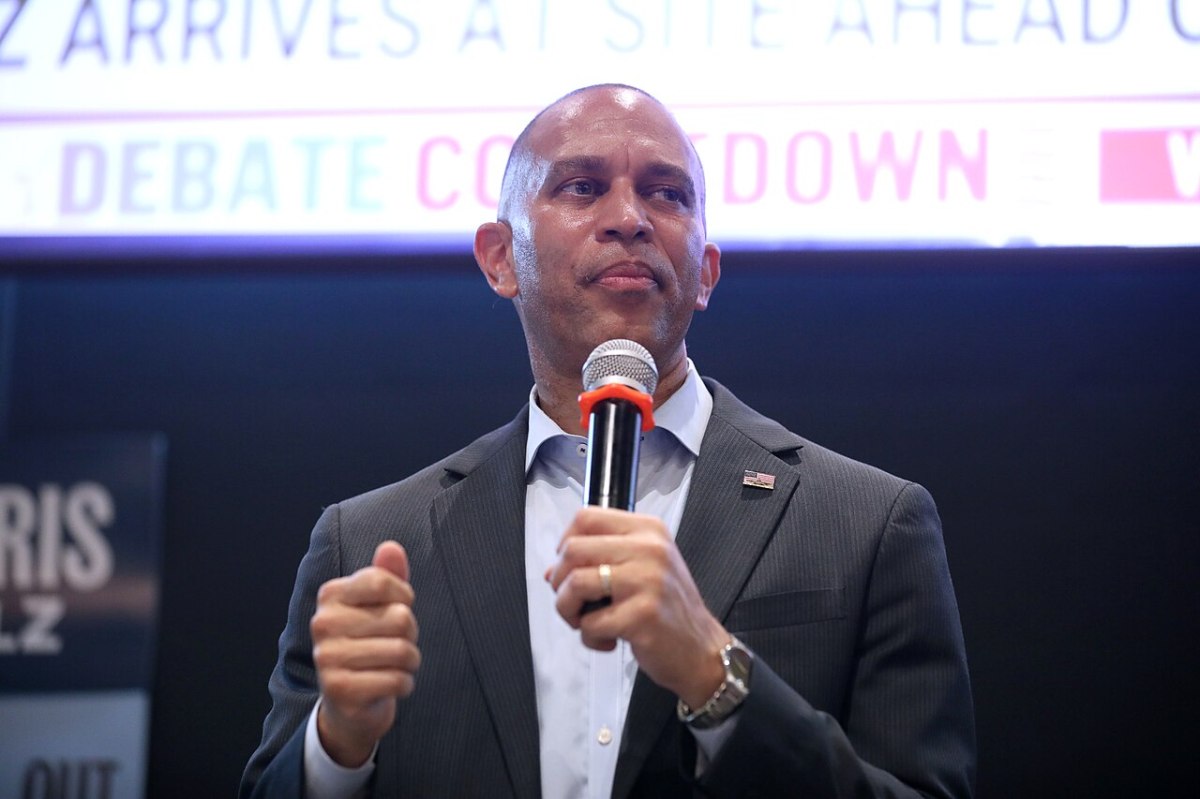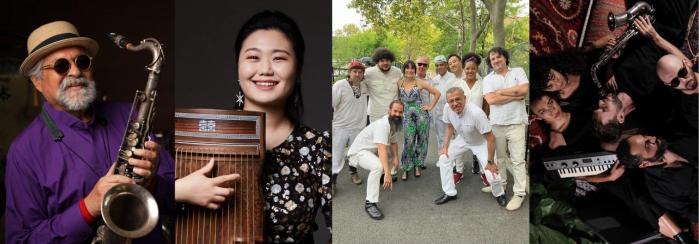Nowadays, this wall at Bowery and East Houston St. is one of the city’s more high-profile showcases for street art — though to purists, it’s completely commercialized. Last spring, amid much hoopla, Shepard Fairey of Obama “HOPE” poster fame, threw up a wheat-paste work at the site, only to see graffiti heads savagely mutilate it.
But back in 1990, when Clayton Patterson created the mural at right, the wall had sat quietly, painted all white, for several years.
“Keith Haring kind of turned it on in the early 1980’s, when he did that big orange day-glo that just lit that corner up,” Patterson recalled. There were a few other murals after Haring’s, but then the concrete was cordoned off behind a chain-link fence.
“It had been empty for quite a long time,” Patterson said. “I just decided to take it over.” They did it on a weekend, the best time in Patterson’s view. “It was during the day,” he recalled. “I was up on the ladder. We just made it look like we were painting the wall.”
The key to the undertaking, as he tells it, was Chris, who worked in the antiques tent next door and had a key to a side door to the fence and let them in. The Lower East Side documentarian said he wasn’t into clambering over the fence, plus Chris’s letting them in gave them a level of legitimacy. Chris got a thank you on the mural, along with Patterson’s wife, Elsa Rensaa, who helped paint the white background with a roller. Patterson painted the black parts.
The artist said a lot of the piece’s quotes are actually engraved on the outside of the courts Downtown, where he saw them when he was at court proceedings for the Tompkins Square Park riots and East Village squatter evictions. The mural is about “the whole idea of struggle,” he said, “the police riots, evictions.”
His piece stayed up most of the summer and wasn’t tagged by other graffitists, as inevitably happens; but it probably would have been if it was up much longer, Patterson conceded.
“Once I activated the site again and made it energized, people got the wall,” Patterson said. “It was like taking back the wall.” Apparently, Antonio Garcia, a.k.a. Chico, the Lower East Side graffiti legend, or a client of his got the wall, too, because one day Chico promptly painted over Patterson’s piece with a commissioned graffiti mural for a Soho wine bar.
Patterson’s response? “I went over and threw buckets of brown paint all over his mural.” (There was no symbolism in the paint’s color, the documentarian assured.) “Then Chico came over to my place and said, ‘Yo, what’s up? You gotta pay me for that paint,’” Patterson recalled. “I said, ‘No — you should have come over and told me you were doing it. I’ve got no problem with your getting paid, just tell me about it.’” Patterson didn’t pay Chico for the marred mural, but just meant to say he understood that Chico had a right to make money on commissioned work. A potentially tense situation was defused, and the two became friends after that, according to Patterson.
Asked to interpret his mural’s symbols, Patterson said there is an “N” on the left, an upside-down “Y” in the middle and a “C” on the right in the crescent moon. On the right are the scales of justice, which can be influenced by money. The large central image is also apparently a face. Earth, wind and fire are all represented. Asked what style the mural is in, Patterson said, “Clayton original. There’s no art historical reference. I don’t know — outsider, probably.”
Lincoln Anderson


































